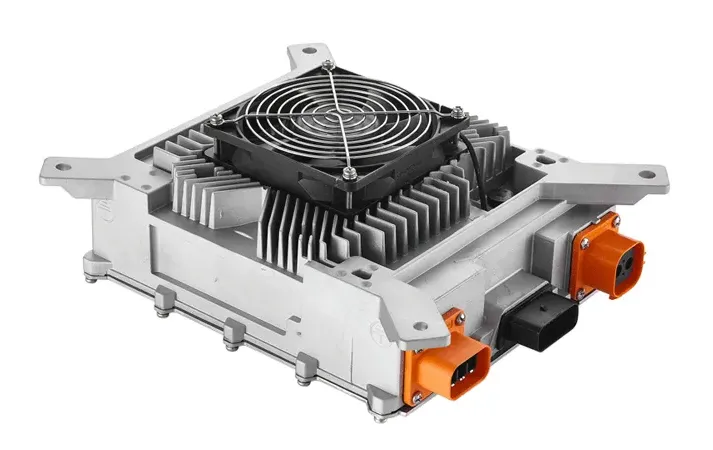Solving Condensation Issues in Electric Vehicle Onboard Chargers (OBCs)
Sep 27,2023 | TCcharger
Electric vehicles (EVs) are at the forefront of modern transportation, offering a sustainable and eco-friendly alternative to traditional fossil fuel-powered cars. One of the critical components in an EV is the Onboard Charger (OBC), responsible for charging the vehicle's batteries. However, like any other electronic device, the OBC can face challenges, and one common issue is condensation. Condensation can cause malfunctions and reduce the efficiency of the OBC. In this blog, we will discuss effective solutions to mitigate condensation problems in EV OBCs.

Understanding Condensation in OBCs
Condensation occurs when moist air comes into contact with a surface that is cooler than the dew point of the air. This leads to the formation of water droplets on the surface. In the case of OBCs, temperature fluctuations during charging and vehicle operation can cause condensation inside the charger.
Common Issues Arising from Condensation
-
Corrosion: Moisture can cause corrosion on sensitive electronic components, affecting the performance and longevity of the OBC.
-
Short Circuits: Water can create short circuits, potentially damaging the charger and rendering it ineffective.
-
Reduced Efficiency: Condensation can decrease the efficiency of the OBC, affecting charging times and overall vehicle performance.
Solutions to Combat Condensation:
1. Proper Sealing and Encapsulation:
Ensure that the OBC is adequately sealed to prevent moisture from entering. Using advanced sealing materials and techniques can effectively create a barrier against condensation.
2. Temperature Regulation:
Maintain a consistent temperature within the OBC to minimize temperature fluctuations that can lead to condensation. Integrated heating elements can be employed to keep the internal components at a suitable temperature.
3. Desiccant Packs:
Place desiccant packs inside the OBC enclosure. Desiccants absorb moisture and help maintain a dry environment, preventing condensation from forming.
4. Ventilation and Drainage Systems:
Design the OBC with proper ventilation and drainage systems to allow any accumulated moisture to escape. This helps in keeping the internal components dry.
5. Anti-Condensation Coatings:
Apply anti-condensation coatings on internal surfaces to repel moisture and minimize the likelihood of water droplets forming on components.
6. Regular Maintenance:
Perform routine checks and maintenance to ensure the OBC is functioning optimally. Remove any accumulated moisture and replace desiccant packs as needed.
7. Environmental Testing:
Conduct thorough environmental testing on the OBC to simulate different conditions it might encounter. This helps in identifying potential condensation issues and allows for necessary design modifications.
Conclusion:
Condensation in EV OBCs can be effectively mitigated through proper design, sealing, temperature regulation, and regular maintenance. By implementing these solutions, manufacturers can ensure the longevity, efficiency, and reliability of OBCs, contributing to a seamless charging experience for electric vehicle owners. As the EV industry continues to evolve, addressing condensation challenges is essential for advancing the technology and promoting widespread adoption of electric vehicles.



